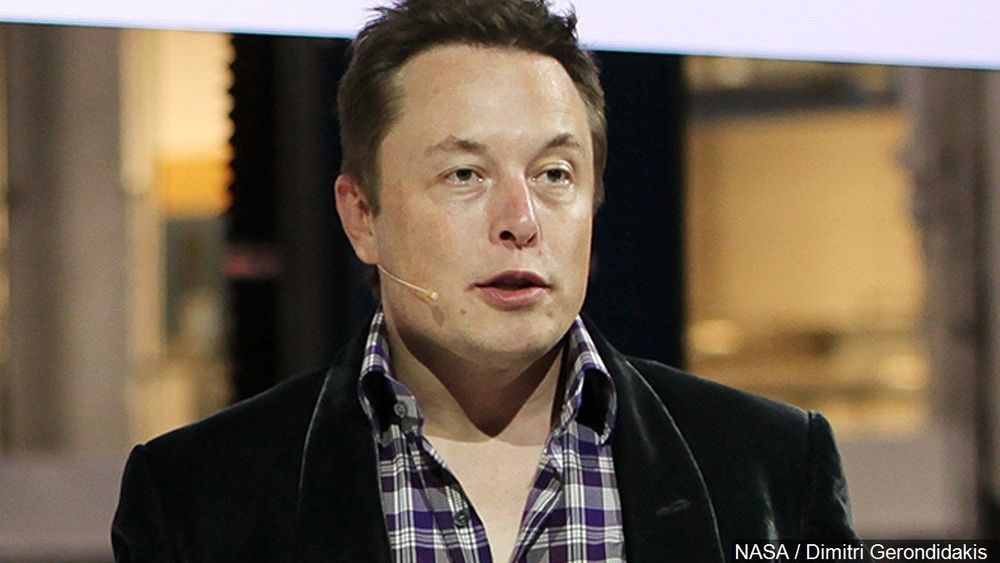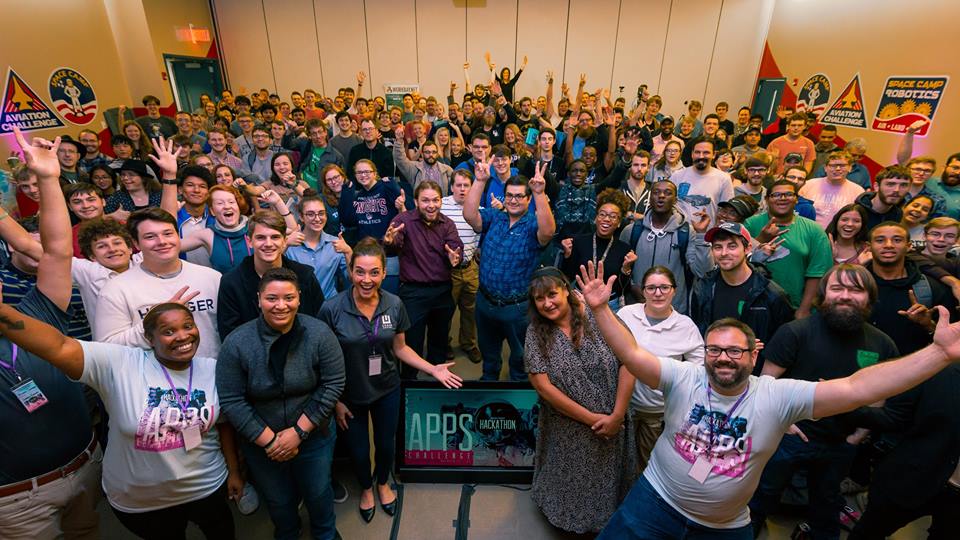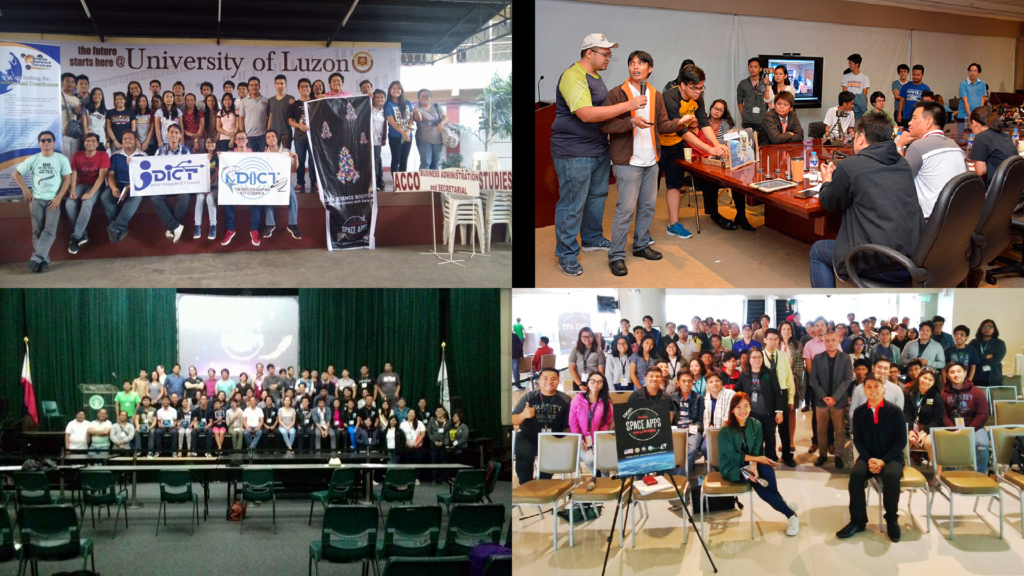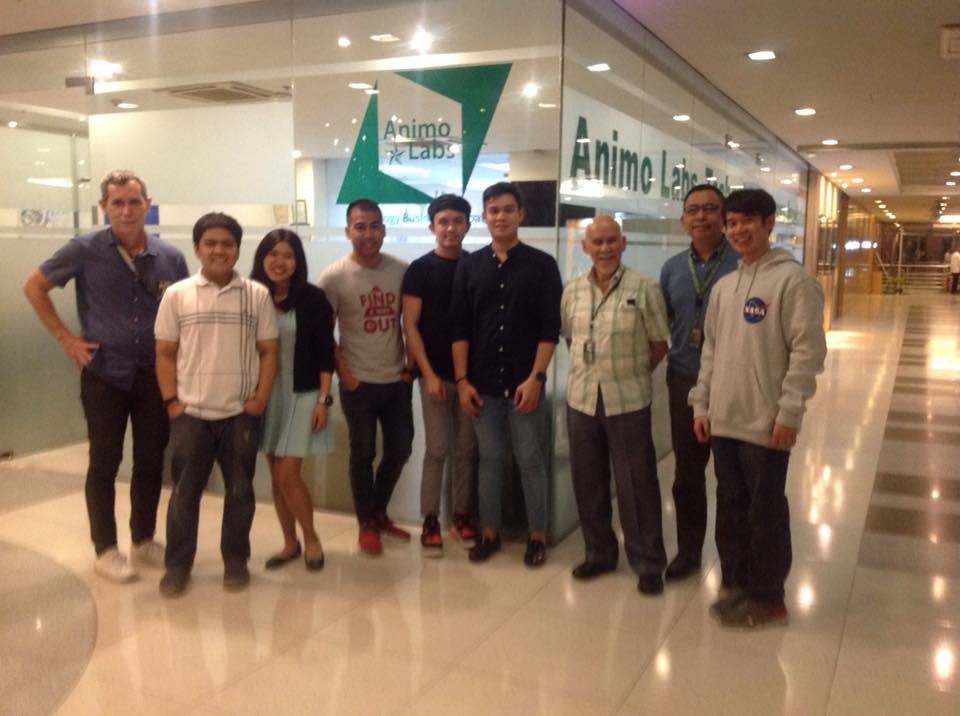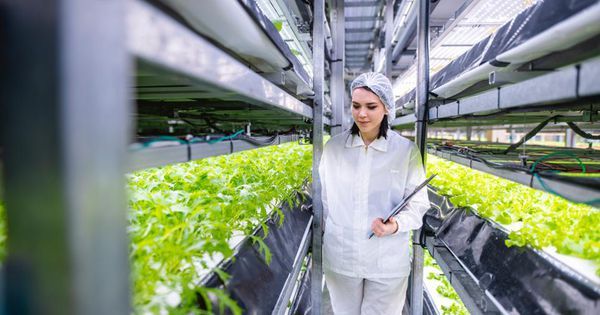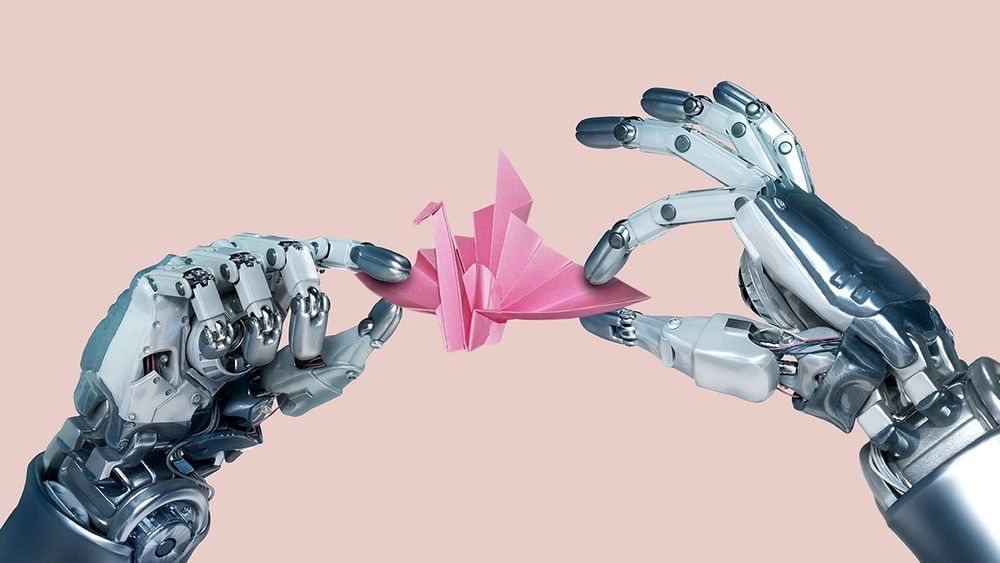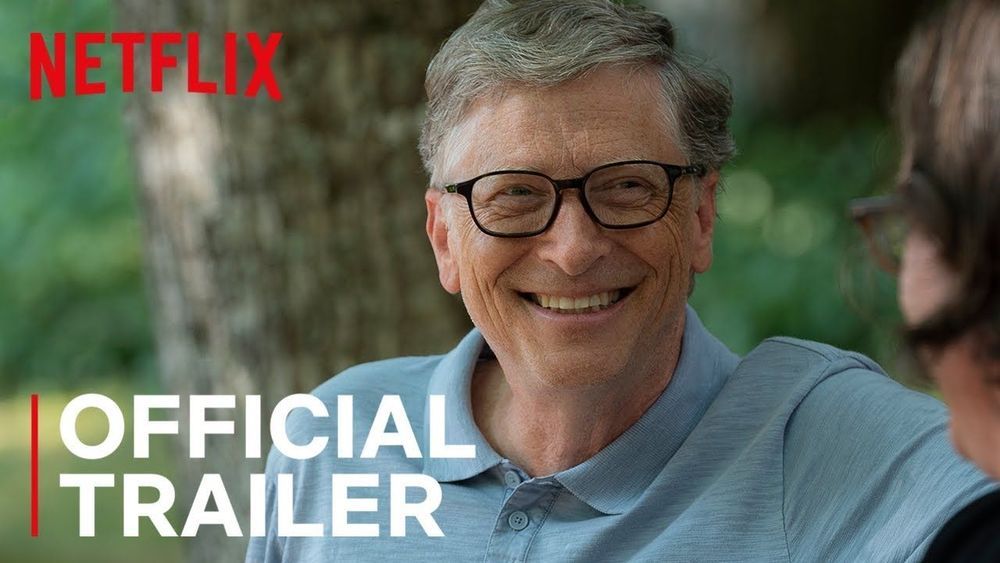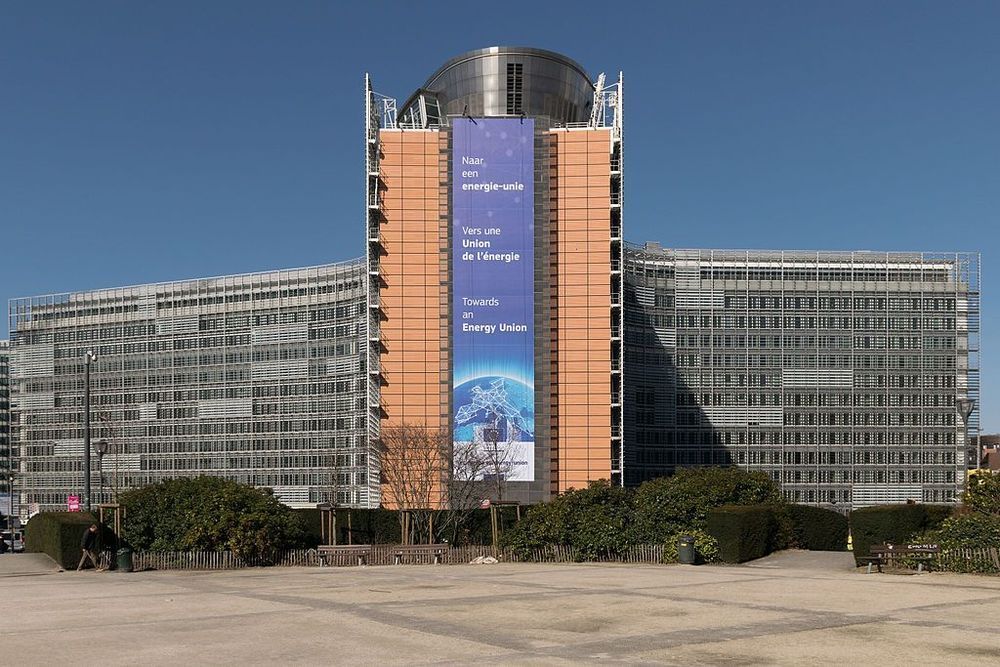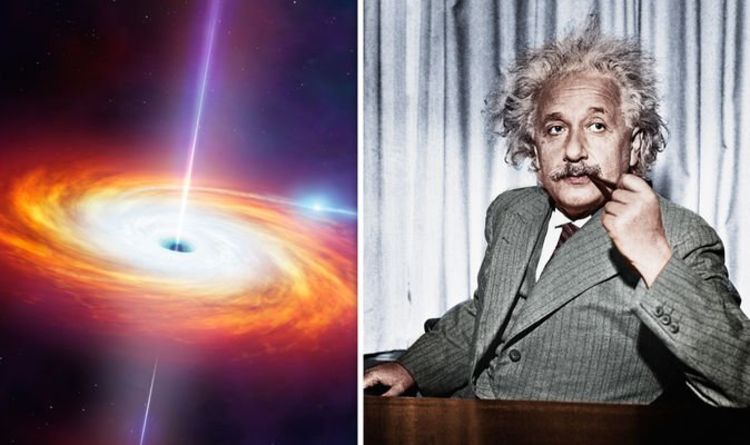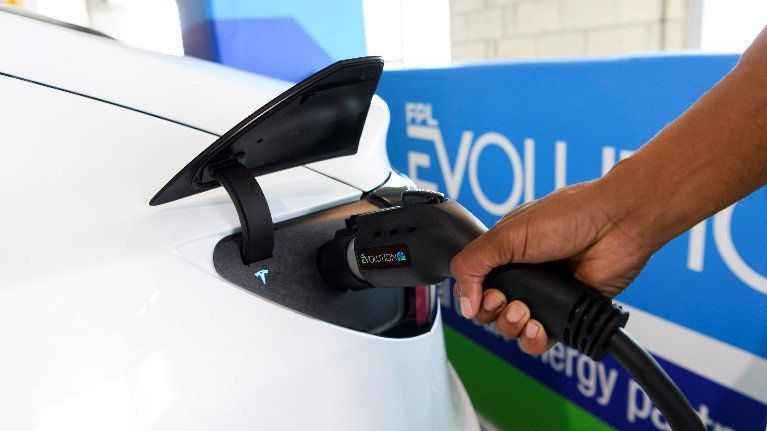Anticipation and to remain hopeful and patient in expecting a preferred future have a special place and a critical role in some moral and religious systems of faith. As a personal virtue, there are many natural, cultural, social, and educational factors that play a role in its development. However, for an economic agent and in general forward looking decision makers who follow a more secular worldview, the argument in favor of anticipation and how much it could be reasonable might be less clear. Therefore, it is worthwhile to explore when and under which circumstances we should choose anticipation. A convincing argument might be helpful. In this blog post I will build a framework based on game theory to provide a better and deeper insight.
Economists, mathematicians, and to some degree, engineers have contributed to the development of game theory. In neoclassic economics, it is assumed that each economic agent has a rational behavior. According to the prediction model based on such an assumption, decision makers, if they sell goods and services, tend to maximize profit and if they buy tend to maximize utility. In other words, people naturally seek the best and the most. Moreover, decision making is based on the principle of “predict then act”. The individual first predicts the likely consequences of choices and attribute to them utilities. In the next step, an alternative is chosen that has the best consequence or the most utility. This camp or school is often called the normative decision analysis.
Nonetheless, empirical studies on the behavior of real decision makers demonstrate that despite the prediction of rational models of choice, the individuals or economic agents, do not always follow the principle of the best and the most. In 1950s, for instance, Herbert Simon showed that when faced with uncertainty and due to lack of information about the future, there are cognitive limits to rationality such that contrary to the neoclassic economic theory, people do not make decisions rationally and logically in search of the optimal alternative. Instead they seek a combination of satisfaction and sufficing levels of utility which is also called “satisficing”. This camp or school is often called the behavioral or descriptive decision analysis. To further explain, no one can claim that in a certain decision the best alternative has been chosen, regardless of the choice criteria or the ideal level of utility. Because there is always a better alternative than the best alternative known to us now. That better alternative either exists now beyond our awareness or will appear in the future. But we never can choose it if we do not know about it. In brief, we can possibly choose from a subset of the best, the best element.
In light of the flaws of the actual decision making by humans, we tend to recognize both the pros and cons of normative and descriptive decision analysis. Pioneers of decision analysis therefore have attempted to work on a new integral school that is wise enough and take into account the natural cognitive limits. This camp or school is often called the “prescriptive” decision analysis. The aim is to educate and train better decision makers, both individually and collectively. Our approach here to the question of anticipation is also integral and prescriptive.
Use of games in military planning, strategic thinking, and modern futures studies has a long tradition. Yet the approach is often experimental which means you need to play the game to learn and to capture the complexity and to encourage creativity in search of new deep insights. Another approach is analytical and you need to calculate to obtain and to develop some not trivial and not intuitive insights.
When more than one decision maker in a competitive or cooperative involve in decision situations, game theory is used to do decision analysis. Game theory is an analytical-mathematical framework to investigate the space of decision in strategic situations that involve conflicts of interests or conflict of preferred futures. A conflict of interest situation arises if two or multiple decision makers pursue different and opposing goals and there cannot be win-win situations. For example, in international futures, a rising and more assertive China will conflict with the hegemonic USA. Or in the case of personal futures, when several persons like to marry one person and therefore have to compete with each other.
The aim of game theory is to find the optimal strategy for each of the so-called players. Five key assumptions in the theory are:
1. Each player (decision maker) has at least two well defined alternatives or options of choice. Alternatives are indeed the plays by the players.
2. Each play ends in a well-defined outcome (win, lose, tie) when the game is over.
3. Each player attributes to each outcome a specific payoff or utility.
4. Each player knows the rules of the game and knows also the scores or utilities for other players per each outcome.
5. Each player plays rational. That is faced with at least two alternatives, the alternative with more payoff is chosen.
However, the assumptions number 4 and 5 are violated in the real world decision making. In particular, the rationality is challenged in the descriptive school as mentioned above
Now, after this brief introduction, we can address the question: “is anticipation a good strategy?”
We first introduce a game with simple rules and then explore the mathematical solution.
The game of rug or carpet is introduced like this:
Two persons are in bazaar. Someone who has two Oriental rugs comes close and offers them this: I want to give you these two rugs. If both of you accept the offer I will leave and never return. But if one of you do not accept the offer, tomorrow I will visit you again and bring a package with me. In that package there is either a rug or a carpet with a fifty-fifty chance. The carpet will value four times the rug. If both of you decline my today offer in anticipation of a carpet tomorrow, then one of you will receive nothing. If one of you decline my today offer in anticipation of tomorrow, then at least one rug will be the gain. If one accepts and the other one declines, the one who does not wait for tomorrow’s package can take both of the rugs. But whoever accepts today’s offer cannot anticipate anything in tomorrow’s prospect.
If the game of rug or carpet just described played in complete competition and both of the players express their choices simultaneously without knowing the choice of the other player, then it is reasonable to ask a challenging question that “is anticipation a good strategy” which has no trivial answer and needs an analytic investigation.
If players care about their own interests, then what they should do now. Is it better to anticipate a better offer tomorrow under any conditions? More specifically, if your competitor chooses anticipation with a 50% probability then what is the good strategy for you?
In the game of rug or carpet several factors such as patience, anticipation, risk, and competition are important. Descriptive school of decision science indicates that people are often risk averse with respect to gains and risk prone with respect to losses. In other words, humans would prefer the sure gain to the likely gain. This cognitive insight reveals that, our players will likely accept their one rugs and the game will be over. Therefore, no offer a package on tomorrow and no need for anticipation.
But a normative approach uncovers some points. Taking into account such points will be helpful in a prescriptive approach which aims to bridge the gap between rationality and reality of choice. First, note that if we assume that the players do not chose simultaneously, then the second player’s optimal choice will be to choose the opposite choice of the first player. This means that if the first player does not prefer to anticipate then the second player should anticipate the offer of tomorrow and vice versa. Clearly if the first player does not anticipate and accepts the offer then the second player in the case of not anticipation obtains a rug and in the case of anticipation obtains at least a rug. But given the likelihood of a carpet on tomorrow then anticipation is better.
In the case of simultaneous play, the strategy of opposite choice with “some considerations” is also good. By some considerations we mean the conjecture about the competitor’s choice. As a matter of fact, a player should guess either anticipation or not by the other player.
Suppose that these players have played this game many times in the past and player I has noted that player II often never anticipates. Player I is almost sure that that this time again Player II will not wait in anticipation of the package of tomorrow. Almost sure is a qualitative description for a probability distribution. Absolutely sure, very sure, almost sure, do not know, almost unlikely, very unlikely, and absolutely unlikely might be interpreted with quantitative estimates such 100%, 80–99%, 50–80%, 50%, 20–50%, 1–20%, and 0% respectively.
Either player should make a conjecture about the other player’s choice. There is a specific threshold, that can be calculated, which establishes the probability about the opponent’s choice such that the utility of anticipation versus not anticipation will be equal for either of players. That probability shows that when anticipation and not are indifferent.
To analyze and calculate that threshold probability we order the pairs of utilities like this: (a, a), (a, n), (n, a), and (n, n) where a is anticipation and n is not anticipation. For example, the ordered pair of (a, n) says that player I anticipates and player II does not anticipate.
Now to calculate the gains for each player we should compute the expected payoffs of all these pairs. If none anticipates, (n, n), then both will have one rug and therefore (n, n) = (1, 1). If player I does not anticipate and player II anticipates, (n, a), then player I will have two rugs, and player II will have a 50% chance of a rug, and a 50% chance of a carpet which values 4 times the rug. The expected gain for player II will be: 0.5*1+ 0.5*4= 2.5. Hence we have (n, a) = (2, 2.5). Similarly, we have (a, n) = (2.5, 2). For the case of that both players anticipate, one of them will have nothing. The expected gain for either of players will be: 0.5*2.5+ 0.5×0 = 1.25 and we have (a, a) = (1.25, 1.25).
Now suppose that player I guesses that player II will anticipate with probability P. If player I also anticipates the package of tomorrow then the expected gain will be a mix of (a, a) and (a, n) in this way: E(I_a) = (1.25) * P + (2.5) * (1-P). If player I does not anticipate then the expected gain will be a mix of (n, a) and (n, n) in this way: E (I_n) = (2) * P + (1) * (1-P). Depending on whether E(I_a) is larger or smaller or smaller than E (I_n) the player I will have a clear choice between either anticipation or not anticipation. But if they are equal for a specific probability of anticipation by player II, the player I will be indifferent between either choice. Let’s calculate that threshold probability.
E (I_a) = E (I_n)
(1.25) * P + (2.5) * (1-P) = (2) * P + (1) * (1-P)
1.5 = 2.25 P
P = 2÷3=0.7
This probability says that if player I thinks that player II will anticipate the package of tomorrow with a probability of 70% then player I will remain indifferent to prefer either anticipation or not anticipation. Any change to that estimate will give player I a clear choice. Consider that for instance that player I is very sure that player II will anticipate, i.e. P = 90 %, then E (I_a) will be less than E (I_n). Therefore, not anticipation for player I is the preferred choice.
Obviously, the threshold calculated above depends on the relative value of carpet to rug which we assumed to be 4. The deeper insight that is uncovered using this game is that for another threshold, this time involving the relative value of carpet (the potential reward of tomorrow for which anticipation is necessary) to the rug (the current reward of today without the need for anticipation). Such a threshold demonstrates that for a specific relative value of carpet to rug, the anticipation is the better choice, “regardless of our conjecture about the opponent’s probability of choosing either anticipation or not anticipation.” If we use the relative value of carpet to rug in the above calculation as an unknown parameter, X, it can be shown as noted below that the threshold of relative value is 7.
E (I_a) = E (I_n)
P*0.5*(0.5+0.5X) +0.5*(1+X) *(1-P) =2P+(1-P)
P = (0.5X-0.5)/(.25X+1.25) < =1
X<=7
In other words, if the relative value of carpet to rug in this game is more than 7 then the anticipation is a good strategy without any need to make a conjecture about the other player’s choice.
We usually face circumstances similar to the game of rug or carpet. Rug might be an acceptable alternative but not ideal or excellent yet better than nothing. Carpet might be a wonderful and top alternative which demands anticipation on our side. A job seeker who has to compete with other candidates figures out that if the current job or position offer is declined it is likely that in the future a far better offer could be found. Or consider someone who is looking to buy or rent a house. In case of more diligent search a far better house could be found in the market with the same price. Or if you refuse to marry your partner now in anticipation of a better ideal match in the future. Although, the conditions of such key decisions, in particular their emotional aspect, could not perfectly match the game of rug or carpet, the insights obtained from this analytical view, will be helpful for a better and reflective thinking about decisions.
In addition to the conjecture about the opponent’s choice, which was our focus, other factors are also relevant in a more realistic world of decision making such as time constraint, nature of the need or want, access to information, active search and supply and demand. Time is critical on two dimensions. One the distance between the first offer of rug and the second offer of a probable carpet. For instance, how long a job seeker can sustain the hardship associated with unemployment. Also, how much time pressure is upon us. For instance, someone looking for a best deal in the house market in anticipation of a yet better alternative will wait forever. Therefore, having a clear deadline and time schedule for anticipation is important. On the other hand, the nature of the need impacts the anticipation strategy. If it is a critical and elementary need then anticipation might not be justifiable. The more secondary and luxury our need the more reasonable to anticipate a far better future. We assumed that in the game of rug or carpet that players have information symmetry. In the real world, that is not the case always. Using my connections to professional networks, I might have been informed that soon in the future a highly respected employer will have vacant positions. But you do not have such an information advantage as my opponent. As a result, I will not be hesitant to anticipate. Active search while anticipating a far better future highlights the importance of a proactive attitude instead of inactive wait and see. If you wait for a 50% chance of carpet, the better future, you should be more active to change that likelihood up to 70% or 80%. Finally, the old rule of supply and demand applies. If you are in a highly competitive market in which peers attempt to obtain an average alternative and you are almost sure that the peers will not anticipate then it is wise to anticipate a far better alternative in the future in a market that is going to be less competitive because of less demand.
Another note involves the case of cooperation or sharing between players. Clearly they should coordinate to choose opposite alternatives because they will gain as a group either three rugs or two rugs plus a carpet. If both anticipate or both not anticipate they will gain as a group either a rug or carpet in one case and two rugs in the other case, respectively. Another assumption could be that each player not only wants to win a gain but also to make sure that the opponent will lose with less gains. Here the calculations should be revisited. In other words, each player needs to do exactly what the other player will do. If player I is very sure that player II will not anticipate then player I should also not anticipate to avoid giving two rugs to the gains of the opponent. And if player I is very sure that player II will anticipate then player I should also anticipate in order to have a 50% chance of keeping player II empty handed in the end.
About the Author: Victor V. Motti, a Lifeboat Foundation Advisory Board member, is a Middle East based senior adviser of strategic foresight and anticipation. He is also the Director of the World Futures Studies Federation. His new book A Transformation Journey to Creative and Alternative Planetary Futures was published in early 2019 in the UK.
